
Archive
Library




A brief history of The Priory Church of Lady St Mary, Wareham
The Grade 1 listed Priory Church of Lady St Mary is of Anglo-Saxon origin dating, in part, from the eighth century, with later additions during the twelfth, fourteenth and early sixteenth centuries. Built of Grey Purbeck limestone with slate and tile roofs, it has a long chancel and a four-bay nave with two side aisles.
In the south-east corner, and at a lower level than the rest of the church, is the Edward Chapel. Accessible from both the chancel and the south aisle, it is the oldest part of the church which, in earlier times had a treasury above it. Another smaller and not generally accessible chapel is in the south-east angle of the chancel and is known as the Becket Chapel.
St Aldhelm, Bishop of Sherborne, founded a church at Wareham in about 705 which is thought to be that of Lady St Mary. It is the possible burial place of King Beorhtric, the King of Wessex from 786 to 802 and in 978 the body of King Edward the Martyr was brought to the church following his murder at Corfe Castle.
In about 900, the daughter of Alfred the Great rebuilt an earlier, adjacent, nunnery which had been destroyed by the Danes about 25 years earlier.
Unique features include the hexagonal lead font dating from about 1200 and five stones with Brittonic inscriptions dating from the seventh to ninth centuries. The Anglo-Saxon nave was demolished in 1842.
Today, the church is a mixture of Gothic and Norman architectural styles. The nave, leading from the Bell Tower in the west, has side aisles to the north and south which take us to the long Chancel with its spectacular east window installed between 1886 and 1890. There is also a large modern transom window at the west end.
A pdf of the history of the various church organs may be found here.
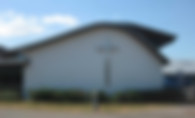
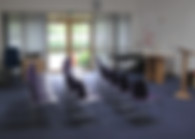

The Brief story of Sandford St Martin's Church
The church at Sandford was originally part of the Sandford CE First School, situated about two hundred metres along the road from its present site.
When the decision was made to build a new primary school, it was decided that the church should move too and maintain its link.
The new church forms part of the school building and was dedicated in February 2015 by the then Bishop of Sherborne, the Rt Revd Dr Graham Kings.
It provides modern, flexible facilities which enable the development of new forms of worship and outreach, including Breakfast@9 and a toddler group.
It also supports the school by offering hospitality to parents and activities for children.
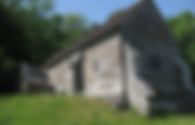
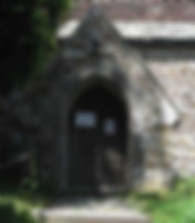
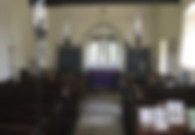
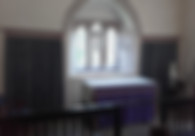
A Brief History of St Nicholas Church, Arne
The Arne peninsular overlooks Poole Harbour and its islands and has seen Romans, Celts and Saxons living here. In 1220, during the reign of King Henry III, a chantry chapel was built at Arne, dedicated to St Nicholas and used for prayers for the dead and those hoping to go to heaven.
By the end of the 13th Century the church porch was rebuilt and new windows were added to give more light. In the 14th century St Nicholas Church became a Chapel of Ease with a Purbeck stone font being added in the 15th century.
During the Reformation, and after the restoration in 1660, services were conducted by the vicars of Holy Trinity Church in Wareham.
The Purbeck altar top is mediaeval and during the Civil War was supposedly hidden under the church flagstones as, under Cromwell, the Vicar of Holy Trinity would not allow stone altars or paintings in the church which, even today, is kept whitewashed.
The first bell recorded at St Nicholas was in 1625 and the present one dates from 1782, when a belfry was built. The communion rail was given to St Nicholas Church in 1940, having been removed from Winchester Cathedral, and bears the inscription from Psalm 116, verse 12: What shall I render unto the LORD for all his benefits toward me?
Opposite the church, the school house which opened following the 1841 Education Act, closed in 1922 with attendance dwindling.
During World War 2, anti-aircraft guns were installed at Arne to protect the cordite factory at Holton Heath and on 3 June 1942 over 300 bombs hit Arne in a heavy raid by the Luftwaffe. The farmhouse and most of the local houses were hit and the church roof was also damaged. Consequently, the decision was taken to evacuate Arne and the surrounding area and turn it over to the troops.
The church was reopened by the Bishop of Salisbury in 1952 and the RSPB bought Arne as a nature reserve in the 1960’s.
The ancient name ‘Arne’ means ‘a secret place’ and this is what it remains today as it celebrates 800 years as a place of worship and a sanctuary of peace.
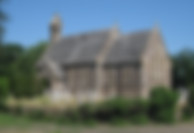
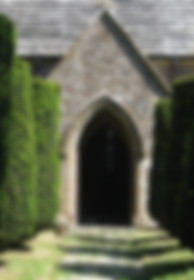
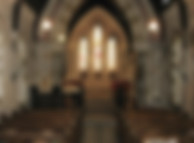
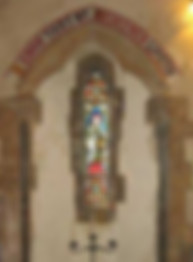
A Brief History of St John the Evangelist Church, East Holme
East Holme is a tiny parish consisting of seventeen households and about 50 people, close to a ford in the meadows by the River Frome. The parish church of St John the Evangelist stands a little apart from the village, close to the Priory, a fine 18th century house, built on the site of a former Cluniac priory.
In 1986, to the west of the present village, a hoard of 151 Roman coins was found. Expert analysis dated it to around 308 CE and suggested it was likely to have been a votive offering, indicating a shrine or place of worship - perhaps a little early to suggest Christianity but, nevertheless an intriguing possibility.
Despite the dissolution of the monasteries under Henry VIII, the stone-built Priory church served as the parish church until 1715. Then in 1865, and having been without a church building for 150 years, the present church was built. One of the more elaborate churches designed by architect John Hicks, and a fine example of high Victorian taste, it was consecrated by the Bishop on 5th April 1866.
Built from dark brown ironstone from a nearby quarry, the church has a Purbeck limestone roof with Purbeck Marble shafts inside. The interior walls were ornately embellished with verses of Scripture painted by Selina Bond which remain an eye-catching feature to this day.
In his 2016 booklet,[1] Will Bond describes East Holme as ‘An ancient worship site, and a parish that seems to have some form of hidden memory of a greater past’. The history and stories of East Holme conjure up many possibilities and we can only hope that its future will further unlock its hidden memory.
[1] A History of the Civil and Ecclesiastical Parish of East Holme (2016)
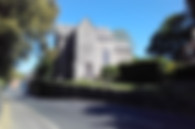
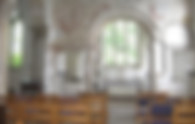
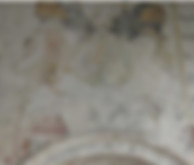
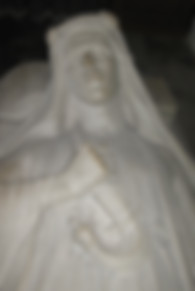
A Brief History of St Martín’s-on-the-Walls Church, Wareham
A true Wareham gem, St Martin’s Church is the oldest and most complete Saxon church in Dorset, dating from c1030 CE, it is a Scheduled Ancient Monument with a Grade 1 listing. Its Saxon origin can be seen in its tall, narrow nave and chancel, late Saxon wall arcading in the North West aisle and traces of a Saxon door.
It is thought to have been founded by St Aldhelm in the 7th century and that the original building was destroyed by Cnut the Great in 1015. The present building has been altered and expanded but the nave and small window in the north side of the chancel are original features. The north wall of the chancel has frescoes depicting St Martin on horseback, dividing his cloak and giving one half to a native beggar.
Elsewhere other fragmented frescoes and black letter inscriptions from the 12th to the 17th centuries cover the walls to great effect, with pretty scrolls and floral motifs. Over the chancel arch is a Royal Arms of Queen Anne dating from 1713 and black scriptural texts from about 1600.
A number of red stars painted on a wall are thought to represent 17th century plague deaths and in 1762 those who had lost their homes in the great fire of Wareham found temporary refuge within its walls. But by the early 20th century the church had fallen into disuse and a programme of restoration began with the church being rededicated on 23 November 1936.
Eighteen months earlier, in May 1935, T E Lawrence (of Arabia) was seriously injured in a motor cycle accident close to his cottage at Clouds Hill, near Wareham, and died six days later in the Bovington Camp hospital. His splendid effigy, crafted in Portland Stone by Eric Kennington, the official War Artist, and originally proposed for Westminster Abbey, can be seen in the north aisle of the church.
Today, this little church is once again used for public worship with a weekly midweek service, weddings, funerals and christenings. Many people, both residents and those passing through on holiday, find there is peace to be found and much to admire in this beautiful little church - a rare gift from long ago.
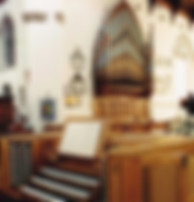
The History of the organs in The Priory Church of Lady St Mary, Wareham
Click here to view a pdf of the history of the organs in Lady St Mary Church, Wareham
YouTube Services
Our weekly YouTube services are available to view here
Archive
Pastoral Letters
Letter date/description and links here
Service Videos
Video description and links here
Weekly Sermons
Previous Sermon links here